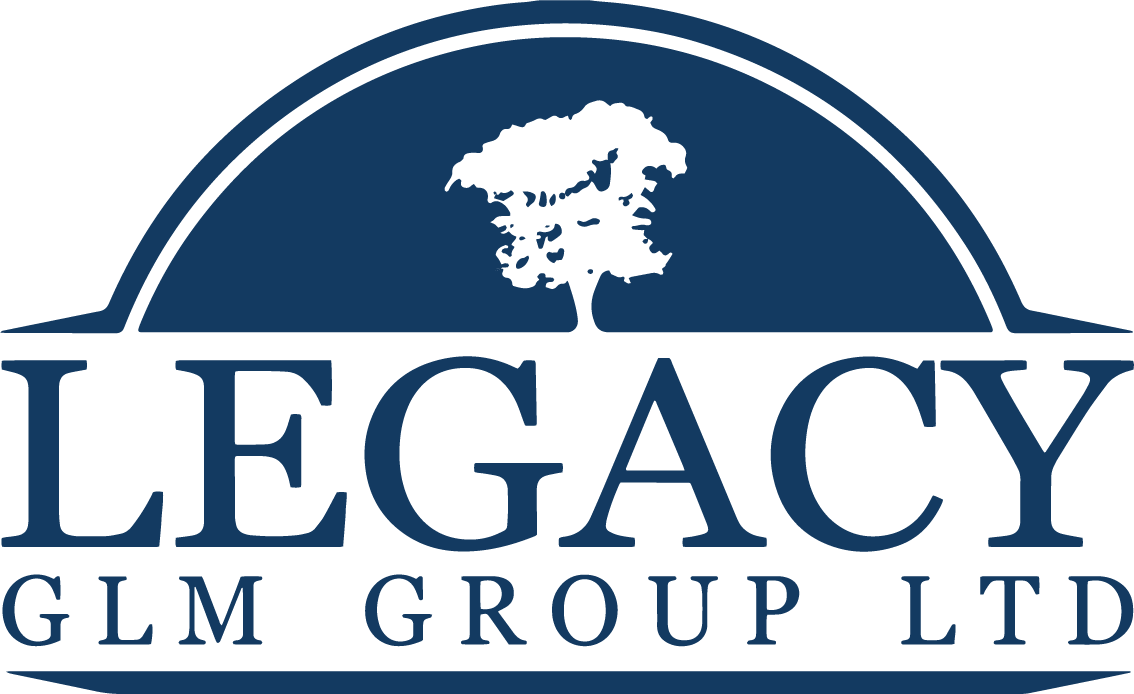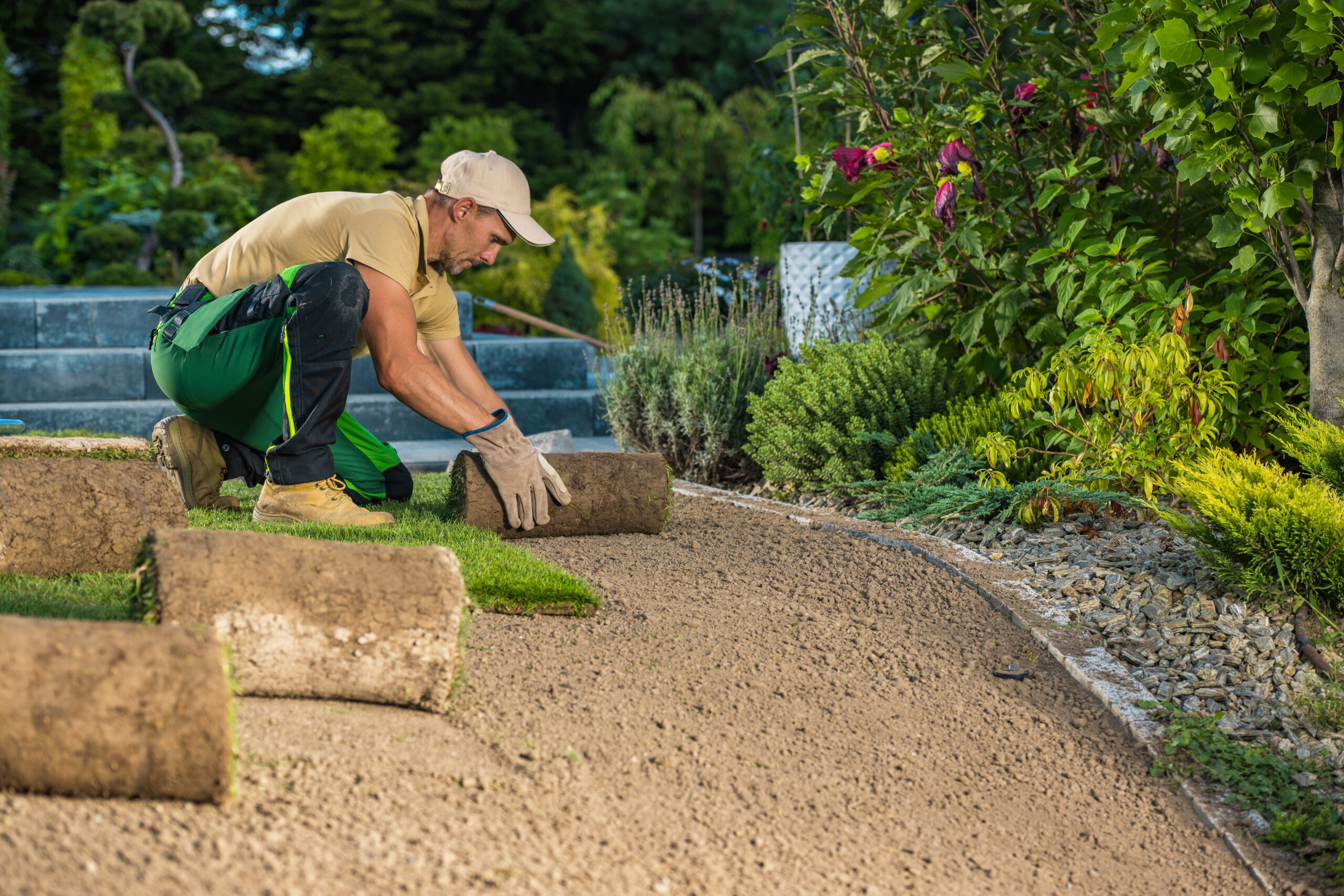
Hard Vs Soft Landscaping For Businesses is an essential consideration for any commercial property looking to combine functionality, safety, and visual appeal. Businesses often ask whether they should invest in hard landscaping, soft landscaping, or a combination of both to create outdoor spaces that are practical and welcoming for employees, clients, and visitors. Understanding the differences and benefits of each approach can help you plan effective outdoor areas that improve both usability and overall business image.
Hard landscaping refers to the structural elements of a landscape, such as patios, walkways, driveways, retaining walls, and outdoor seating areas. These features provide durability, accessibility, and low-maintenance solutions that support daily business operations. Soft landscaping, on the other hand, includes plants, grass, shrubs, trees, and flower beds. These elements add aesthetic value, enhance the environment, and create calming, natural surroundings for staff and customers alike.
Combining hard and soft landscaping effectively allows businesses to maximise the usability of their outdoor areas while creating visually appealing spaces that reflect their brand. For example, office complexes can use paved walkways and seating areas surrounded by greenery to offer employees relaxing breakout spaces. Schools and colleges benefit from safe, accessible pathways alongside well-maintained lawns and gardens for students. Retail centres and public buildings can create inviting entrances and outdoor seating areas that attract visitors while maintaining functionality.
By carefully planning the balance between hard and soft landscaping, commercial properties can ensure safety, accessibility, and environmental benefits. Investing in professional Hard Landscaping Vs Soft Landscaping For Businesses not only enhances the property’s appearance but also supports long-term sustainability and improves the experience of everyone using the space.
The Key Benefits Of Hard Vs Soft Landscaping For Businesses
Hard Landscaping Vs Soft Landscaping For Businesses provides multiple benefits when planned and installed professionally. Combining structural features with greenery ensures that commercial outdoor spaces are not only visually appealing but also practical and safe for employees, clients, and visitors.
One of the main benefits is improved aesthetics. Hard landscaping elements such as paved paths, seating areas, and outdoor furniture provide a clean, structured look. When complemented with soft landscaping features like plants, trees, and flower beds, the area becomes inviting and vibrant. Offices, retail centres, and public buildings benefit from this combination, creating welcoming spaces that reflect professionalism and attention to detail.
Accessibility is another key advantage. Well-planned hard landscaping ensures that paths, ramps, and parking areas are easy to navigate for everyone, including individuals with mobility challenges. Adding soft landscaping in strategic areas enhances wayfinding and reduces stress by breaking up large paved surfaces with greenery. For example, schools and factories can provide safe, accessible routes while maintaining outdoor aesthetics.
Safety is also improved with a thoughtful blend of hard and soft landscaping. Hard surfaces are durable, slip-resistant, and designed to withstand heavy footfall. Soft landscaping can act as a buffer in high-traffic areas, reducing the risk of falls or collisions. In commercial spaces such as hospitals, offices, and retail parks, combining these elements protects both people and property while supporting compliance with safety standards.
Environmental value is another important benefit. Plants and trees contribute to cleaner air, natural shade, and biodiversity. They also reduce heat build-up on hard surfaces and help manage water runoff, which is essential for sustainable business landscapes. In addition, green areas can improve employee wellbeing, boost morale, and make customers feel more relaxed when visiting the property.
Finally, enhancing employee and customer experience is a significant outcome. Outdoor spaces that combine hard landscaping and soft landscaping offer areas for breaks, social interactions, and relaxation. For example, factories can include seating zones with greenery to encourage outdoor breaks, while office spaces can integrate gardens for lunchtime relaxation.
By combining hard landscaping and soft landscaping effectively, businesses create outdoor spaces that are functional, safe, environmentally responsible, and visually appealing. Proper planning ensures that every element contributes to a professional, welcoming, and sustainable commercial landscape.
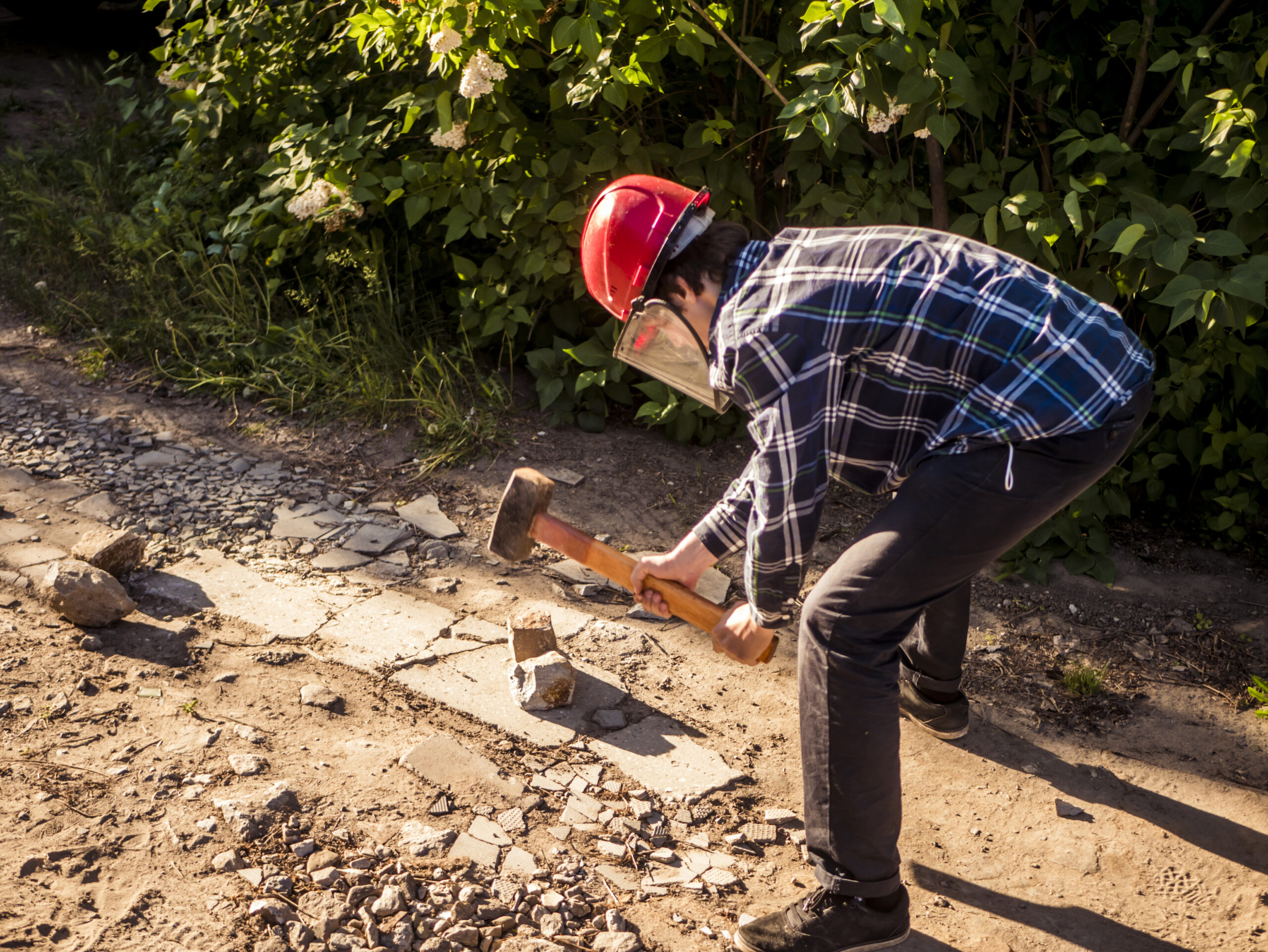
Common Mistakes Businesses Make With Landscaping And How To Avoid Them
Many businesses struggle with creating functional outdoor spaces because of common errors in landscaping. Understanding these mistakes is essential when planning Hard Vs Soft Landscaping For Businesses to ensure safety, usability, and long-term value.
One frequent mistake is poor material choice. Selecting hard landscaping materials that are not durable or suitable for the climate can lead to cracks, uneven surfaces, or water damage. For example, using low-quality paving in busy office car parks can create hazards and increase maintenance costs. Similarly, choosing soft landscaping plants that are not suited to the local environment may result in poor growth or increased watering needs, reducing the impact of green areas.
Mismatched design is another issue. When hard landscaping and soft landscaping are not integrated, the outdoor space can feel disjointed or chaotic. For example, a factory may install concrete seating without incorporating nearby greenery, leaving the area cold and uninviting. Proper planning ensures that pathways, seating, and planting areas complement each other, creating a cohesive and practical layout.
Lack of maintenance is a common problem that reduces functionality. Hard surfaces can accumulate debris, moss, or algae, becoming slippery and unsafe. Soft landscaping areas may suffer from overgrown plants or dead foliage if they are not regularly tended. Regular inspections and maintenance prevent these issues and keep both hard and soft elements looking and performing their best.
Insufficient drainage is another mistake that affects many commercial landscapes. Poorly designed hard landscaping can cause water to pool on paths or near entrances, while soft landscaping may not absorb excess rain effectively. This can lead to erosion, damage to plants, and safety hazards for employees and visitors. Professional Hard Vs Soft Landscaping For Businesses addresses drainage during the design and installation process to prevent these problems.
Finally, businesses often underestimate the value of professional consultation. A qualified landscaping company can combine hard and soft landscaping elements to improve aesthetics, accessibility, and safety while reducing long-term costs. They can recommend suitable materials, sustainable planting, and practical layouts that suit specific commercial needs, such as offices, schools, retail spaces, or public buildings.
By avoiding these common mistakes, businesses can ensure that their outdoor spaces are functional, safe, and visually appealing. Proper planning, professional installation, and regular maintenance make hard or soft landscaping For Businesses a long-term investment that enhances the property and benefits employees and customers alike.
Planning And Design Tips For Functional Commercial Landscaping
When considering hard Vs soft landscaping for businesses, careful planning and design are essential to create outdoor spaces that are practical, safe, and visually appealing. The layout of hard and soft landscaping should support the way people move through and use the area while also reflecting the brand and environment of the business.
Start by zoning your space effectively. Separate areas for walking, seating, deliveries, and parking using hard landscaping features such as paths, patios, and steps. These zones should connect naturally with soft landscaping elements like grass, shrubs, and flower beds to create a balanced, inviting environment. Combining hard and soft landscaping ensures the space is functional and reduces the risk of accidents or congestion in high-traffic areas.
Material selection is also important. Choose durable hard landscaping materials such as concrete, stone, or composite decking that can withstand heavy use and the local climate. For soft landscaping, opt for plants that are low-maintenance and suited to your location, such as native shrubs or drought-resistant greenery. Using sustainable materials and planting can reduce long-term maintenance costs and provide environmental benefits for your business.
Accessibility must be considered in every design. Paths and entrances should be wide enough for wheelchairs and trolleys, and surfaces should be non-slip and level to prevent accidents. Soft landscaping can also enhance accessibility by marking boundaries with hedges or using raised beds to guide movement.
Professional consultation is highly recommended. Experienced landscaping companies can combine hard and soft landscaping effectively, ensuring the design is both functional and aesthetically pleasing. They can provide advice on material durability, plant selection, layout optimisation, and ongoing maintenance strategies.
Incorporating low-maintenance solutions will also make your commercial landscape easier to manage. Automated irrigation, durable surfaces, and planting schemes that require minimal upkeep allow businesses to maintain attractive and safe outdoor areas without excessive effort.
By following these planning and design tips, businesses can maximise the value of their outdoor spaces. Thoughtful integration of hard landscaping and soft landscaping enhances usability, safety, and visual appeal, making hard vs soft landscaping for businesses a practical and long-term investment.
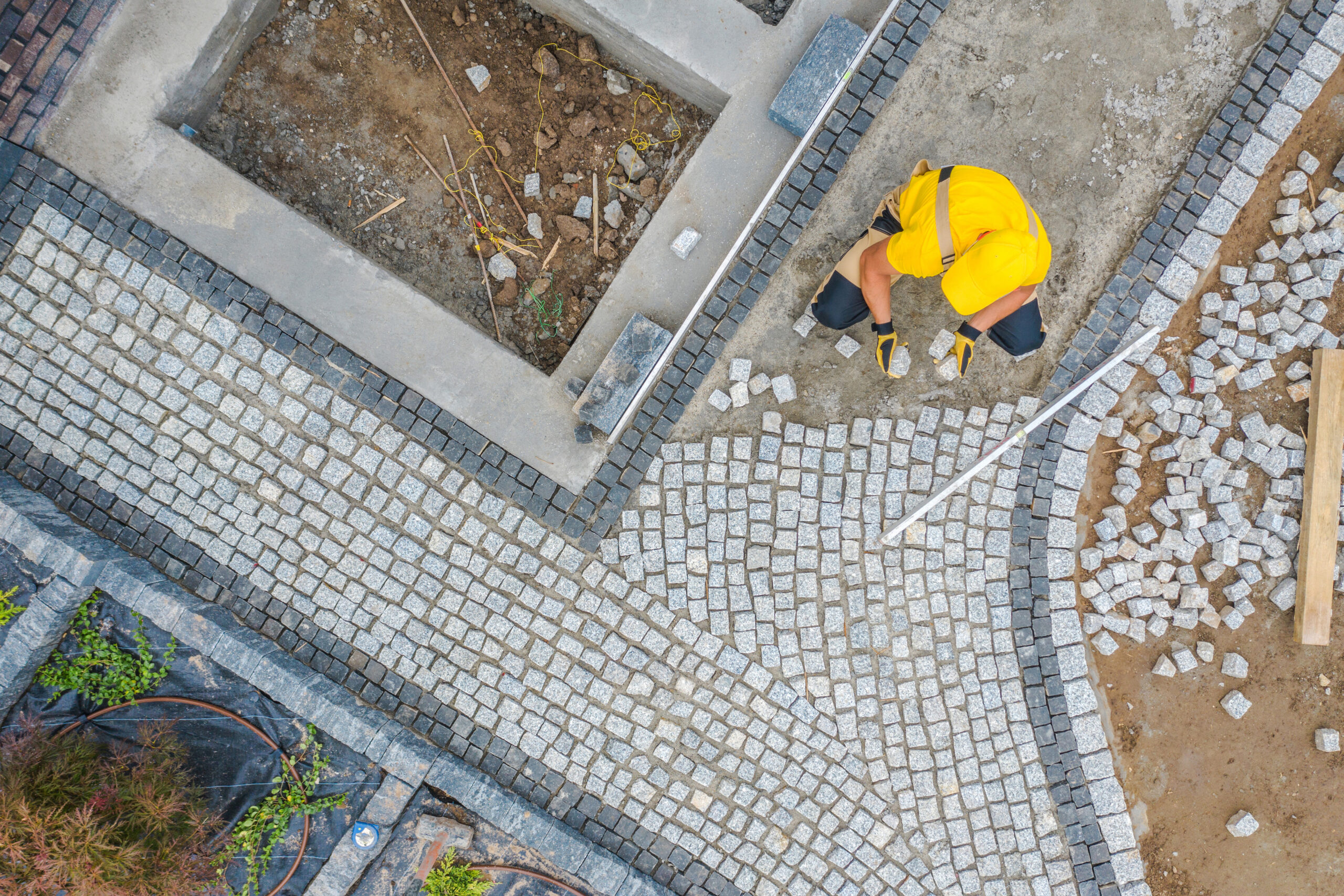
Choosing The Right Landscaping Company For Your Business
Selecting the right provider is crucial when considering Hard Landscaping Vs Soft Landscaping For Businesses. A professional landscaping company ensures your outdoor spaces are functional, safe, and visually appealing, helping your business make a positive impression on clients, staff, and visitors.
Start by looking at the company’s experience and portfolio. Established providers with a track record of commercial landscaping projects can demonstrate their ability to handle a variety of spaces, from office complexes and schools to retail areas and factories. Reviewing case studies or previous work gives insight into their approach to combining hard landscaping and soft landscaping effectively.
Certifications and professional qualifications are another important factor. Accredited companies follow industry standards and best practices, ensuring all materials, installations, and plantings meet safety and quality requirements. This is especially important for businesses that need to comply with accessibility and safety regulations.
Material quality is equally vital. Reliable landscaping companies use durable, high-quality hard landscaping materials such as paving, decking, and outdoor furniture. They also select soft landscaping elements that thrive in the local environment and require minimal maintenance. Choosing a company that prioritises quality ensures your commercial landscape remains attractive and functional for years.
Communication and consultation are key indicators of a good landscaping provider. The right company will listen to your requirements, provide tailored solutions, and explain how hard and soft landscaping can work together to improve aesthetics, accessibility, and environmental value. They will also advise on ongoing maintenance to keep the space safe and appealing.
Consider reviews and recommendations. Businesses often share feedback about the reliability, professionalism, and results delivered by landscaping companies. Positive client experiences can give you confidence that your chosen provider will meet expectations.
Hiring the right company guarantees that your commercial landscape is more than just a functional space. By blending hard landscaping and soft landscaping with careful planning and quality installation, businesses can create outdoor areas that enhance safety, usability, and overall appeal. With professional guidance, you can make the most of your investment in commercial landscaping.
Transforming Commercial Outdoor Spaces With Hard Or Soft Landscaping For Businesses
Hard or soft landscaping plays a vital role in creating commercial outdoor spaces that are safe, practical, and visually appealing. By combining hard landscaping and soft landscaping effectively, businesses can enhance accessibility, improve safety, and provide an inviting environment for employees, customers, and visitors. Well-planned hard landscaping elements such as pathways, decking, and seating areas work seamlessly with soft landscaping features like plants, trees, and green spaces to create balanced and functional spaces.
A professionally designed landscape also delivers long-term benefits. Quality materials and thoughtful planting reduce maintenance needs, prevent hazards, and support sustainability. Businesses can improve environmental impact while creating spaces that reflect their brand values and care for staff and customers. From offices and schools to retail parks and factories, functional outdoor areas improve the overall experience and contribute to employee wellbeing and client satisfaction.
At the heart of successful commercial landscaping is professional expertise. Choosing a reliable landscaping company ensures that every element, from material selection to layout and maintenance planning, is carefully managed. This guarantees that your investment results in spaces that are both attractive and practical, meeting legal safety standards while maximising usability.
We at Legacy GLM Group can design and implement functional, beautiful commercial landscapes tailored to your business needs. Our team combines experience with attention to detail, ensuring hard landscaping and soft landscaping work together to create spaces that enhance safety, accessibility, and aesthetics. Contact us today to discuss your commercial landscaping requirements and discover how we can transform your outdoor spaces with expert hard or soft landscaping for businesses solutions.
